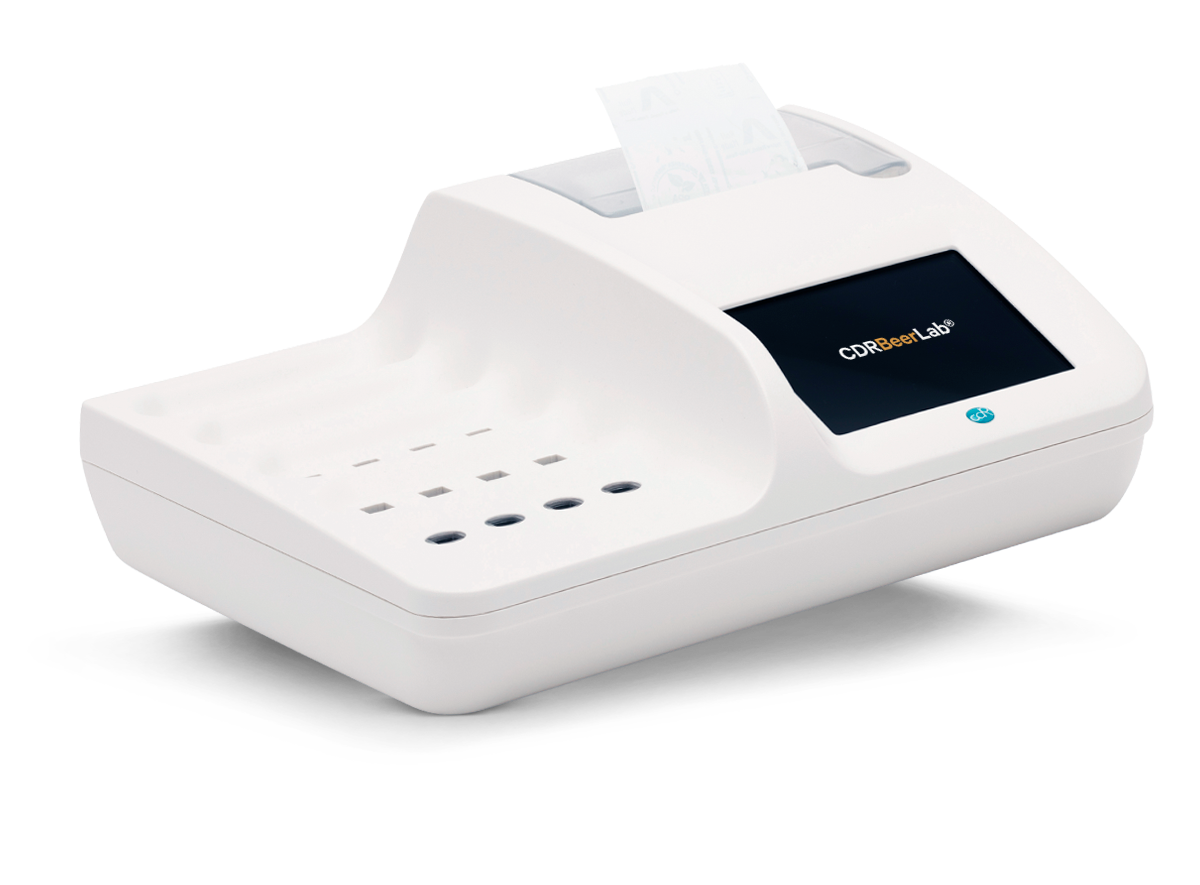Determination of Fermentable Sugars in beer and wort
In the fermentation yeasts use only fermentable sugars, glucose, fructose, maltose, sucrose (eventually added) and in some cases maltotriose as well, to produce ethanol. The control of the residual fermentable sugars allows to attest the end of the fermentation. The analysis of the fermentable sugars is also a very good parameter to determine the fermentative potential of the wort and so the potential alcohol content.
Features and benefits of CDR BeerLab®
With CDR BeerLab® systems it's possible to analyze this parameter in wort and in beer in few minutes.
The analysis does not require skilled staff, laboratory glassware nor preparation of reagents: thanks to the instrument and to the optimization of the reference method correlated with it, the analysis is reliable and easy to perform directly in brewery.
Method
Test Principle
The sugars present in the sample are determined through an enzymatic method. The redox reaction is read in end point at 366 nm and the value is proportional to the concentration of fermentable sugars in the sample.
Calibration Curve
Calibration curve obtained with samples of known values.
...
Reagent Test Kits
Fermentable Sugars GFMM
Fermentable Sugars GFMMS
Measuring range
| Analyses | Measuring range | Resolution | Repeatability |
|---|
The Analyzers for process and quality control in beer brewing
CDR BeerLab®
- Complete analysis panel, supplied already configured
- Up to 16 determinations simultaneously
- Possibility of carrying out analyses of the same sample
- Integrated printer
- Full connections (LAN - USB - Bluetooth barcode/QR code reader)
CDR BeerLab® Jr
- Partial analysis panel, supplied configured with 3 analyses of your choice, implementable
- Up to 3 determinations simultaneously
- Wireless connection to external printer
- USB connections
